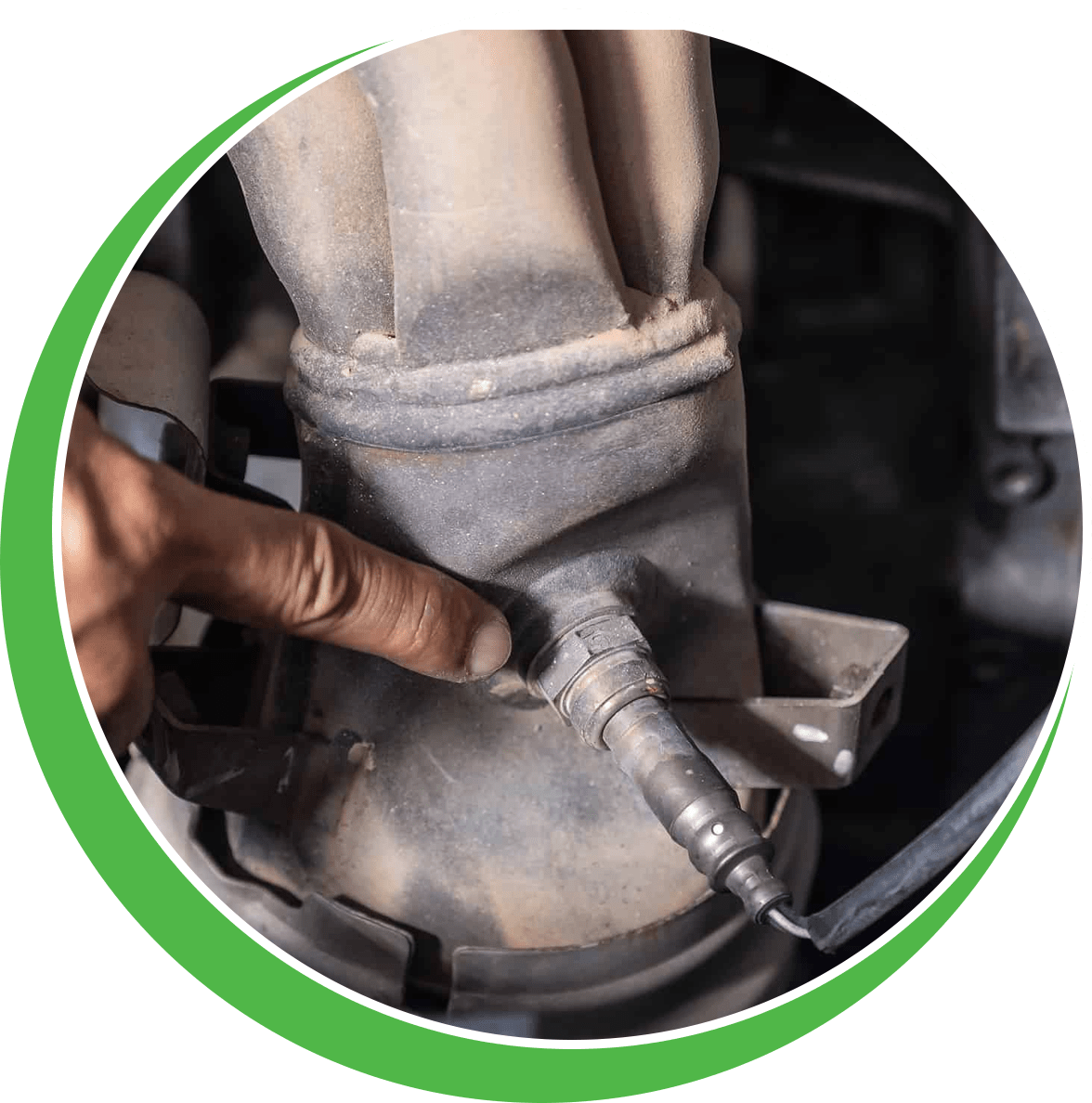This is very much dependent on the car you have and specifically how the sensors and regeneration systems work on your particular car, but there are some generic things that you should know.
A DPF should be able to regenerate on its own:
In a great working system, a DPF should be able to regenerate itself. You’ll only experience these issues when either the engine is now inefficient (and producing too much soot even during regeneration) or you’ve had some sort of contamination resulting in ash build up (cannot be burnt off in a regeneration process.
SO – until you’ve found your root cause, there’s no real point in spending money on the DPF.
Deeper understanding of your system!
The ECU cannot physically tell the situation with the DPF. Therefore it uses a range of sensors to establish an idea of what is happening. This fault code is almost always he result of a pressure differential before and after the filter being too high (meaning the filter is too blocked).
In your case, check the live data from your scan tool to make sure that both before and after sensors are reading correctly and changing in line with engine load.
In some cases, the manufacturers have ‘remotely mounted’ the pressure sensors using some small pipe from either side of the filter to read the pressure (but not get the issues like heat associated with flow. In many cases, these tubes can clog us causing false readings.
Checked all the above? Time to clean or replace the DPF
Must be careful here!
Firstly, you really want to clean out the filter as clean as possible if not replacing it entirely. We have a really good article here that goes into a remanufactured DPF. https://dpfcleaning.com/blog/dpf-remanufacturing/
Most of the time, a DPF clean / remanufacture will be perfectly fine. The significant additional expense of replacing with new is simply not warranted – however is sometimes necessary if the filter has melted or cracked (or otherwise compromised).
After this you should be good to go.

